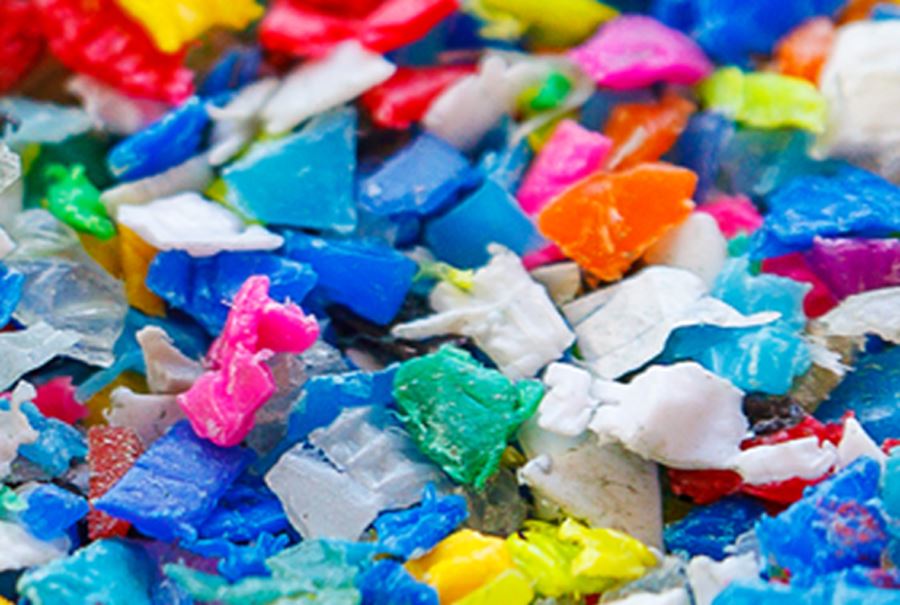Recycled plastics
Hundreds of millions of tons of plastics are produced each year which exploits the Earth’s resources, whether fossil or bio-based. Despite the longevity of plastic materials, much of it is made for single-use purpose or otherwise has a short lifespan.

As a result, huge amounts of plastic waste are being generated. Most of the waste is placed in landfill sites or incinerated, or worse – ends up in nature.
Plastic littering is a massive threat to biodiversity in our oceans, where most of it finally ends up. This huge consumption of plastics also leads to large emissions of carbon dioxide and therefore contributes to climate change.
How does the Nordic Swan Ecolabel contribute?
Nordic Ecolabelling promotes recycling of plastic by setting requirements for replacing virgin plastics with recycled material in different ways. By doing so, the negative environmental aspects of plastic materials in the production and waste stage can be reduced. The requirements for obtaining the Nordic Swan Eolabel are adapted to specific product groups and can include:
- A minimum share of recycled plastic in the product or packaging.
- Prohibiting harmful chemical substances in recycled plastic, documented either by testing or supply chain traceability.
- Promoting post-consumer plastic over pre-consumer plastic if possible, for a specific product area.
Environmental background
To promote circular economy and to avoid many of the negative environmental impacts associated with production of virgin plastic, an increased use of recycled material is necessary. However, some types of recycled plastics may have limited areas of use due to variations in quality or properties. For instance, today post-consumer plastics are generally suitable for fewer types of products compared to pre-consumer plastics. It is therefore especially important that post-consumer plastics are used when it is possible to reduce the need of virgin plastic.
Diverse needs of functionality of plastics often require different types of additives, but some additives have unwanted environmental and health effects. Unfortunately, recycled material often has low traceability when it comes to additives. This especially applies to post-consumer plastics where the sources of the material may not be entirely known.
Depending on the product type and how the user is exposed to the product, there is a need for traceability regarding previously used additives in the plastics. Recycled materials must otherwise be tested to make sure they do not contain harmful substances. Alternatively, the recycled plastics must have gone through a chemical recycling process that ensures that these substances have been removed.